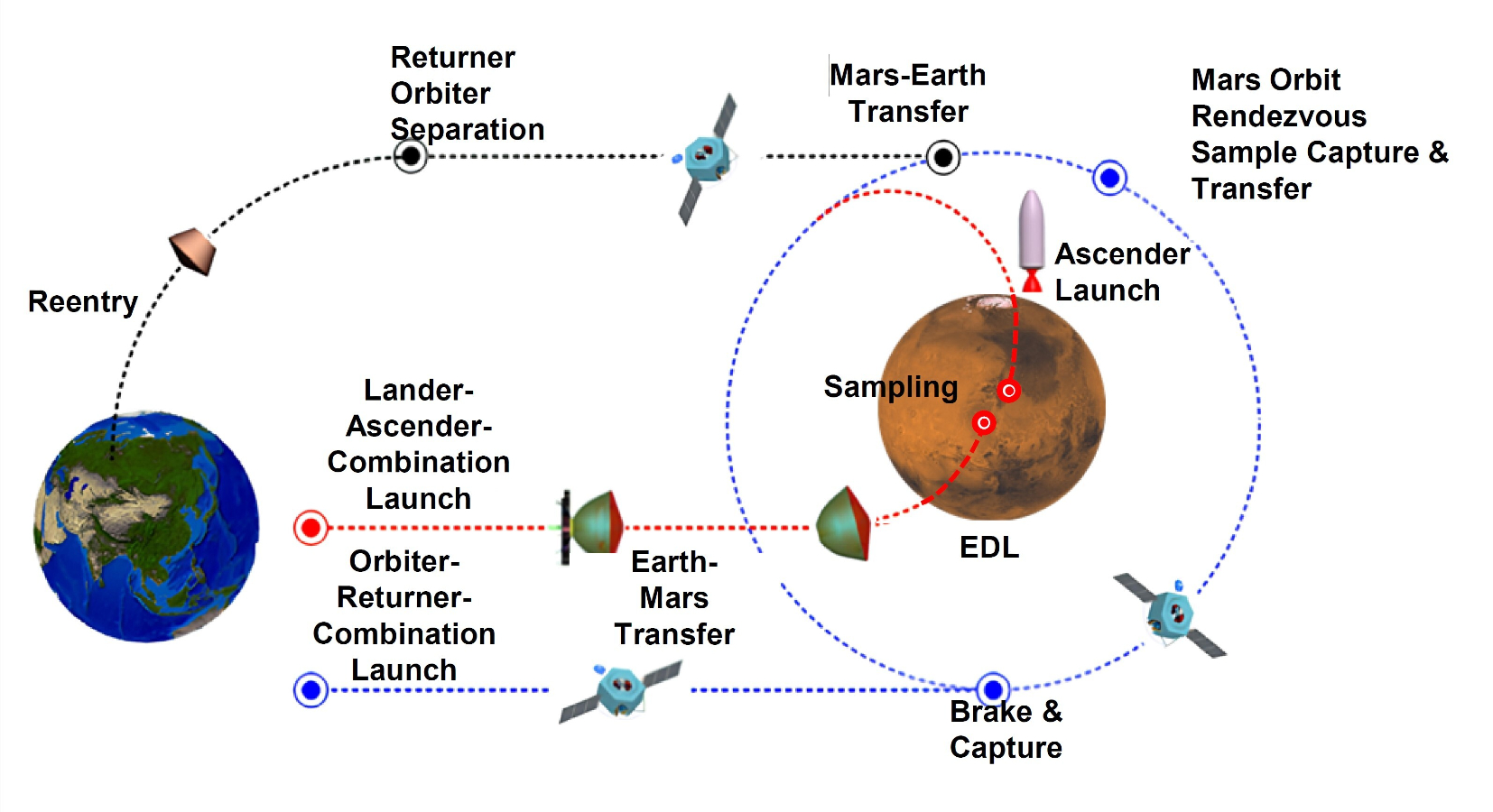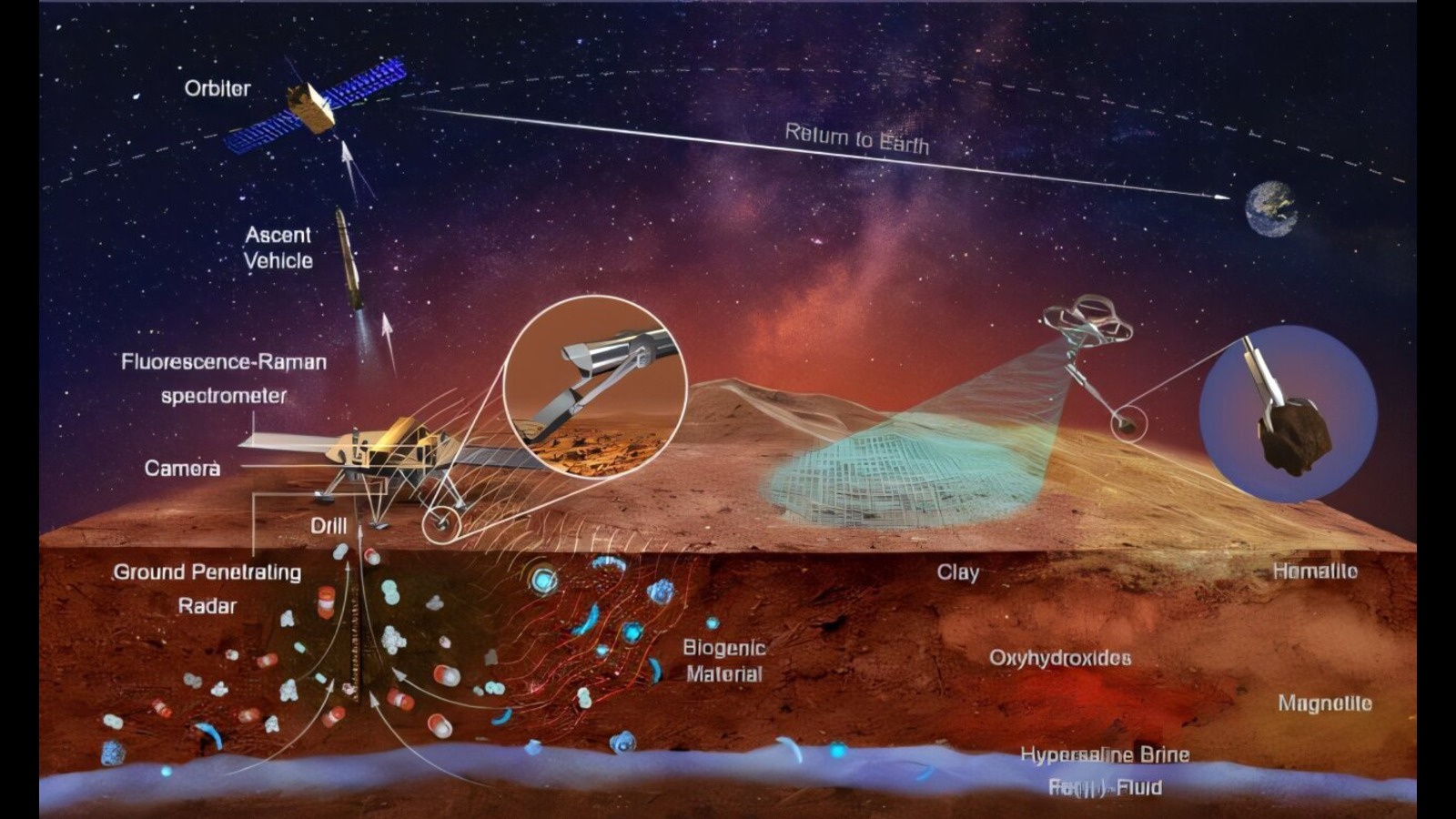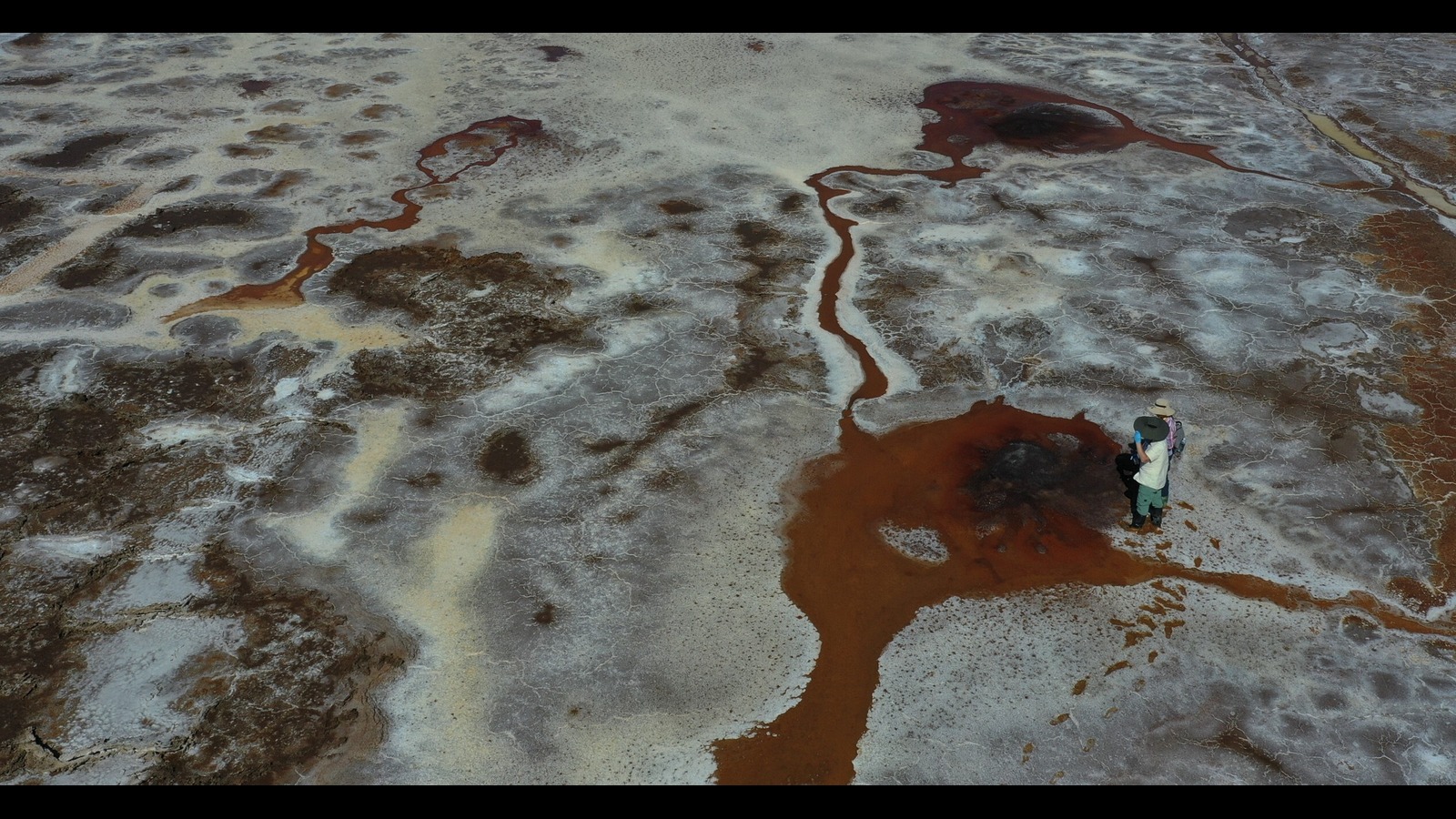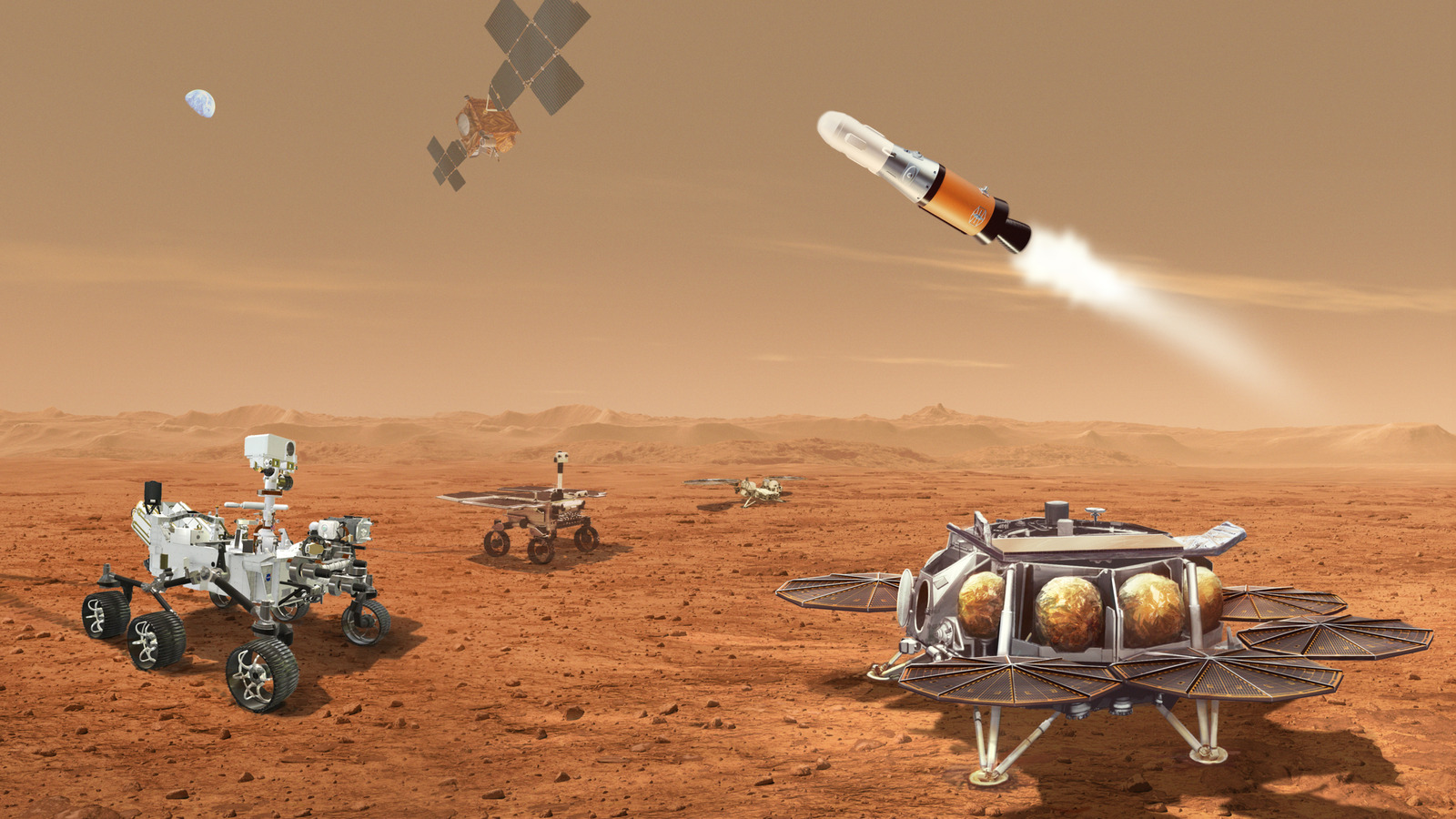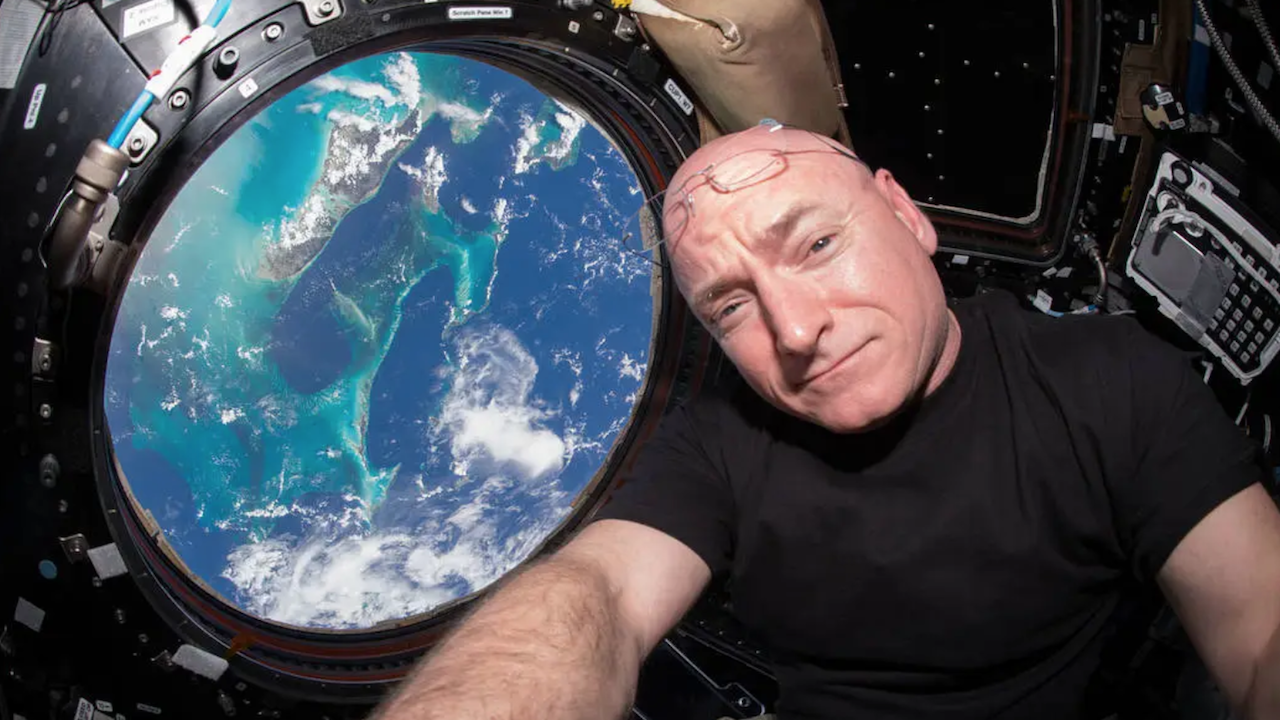
Is the US forfeiting its Red Planet leadership to China's Mars Sample Return plan?
"Returning the scientifically selected samples that await us on Mars, as part of a balanced portfolio, will help to ensure the US does not cede leadership in deep space to other nations, such as China."
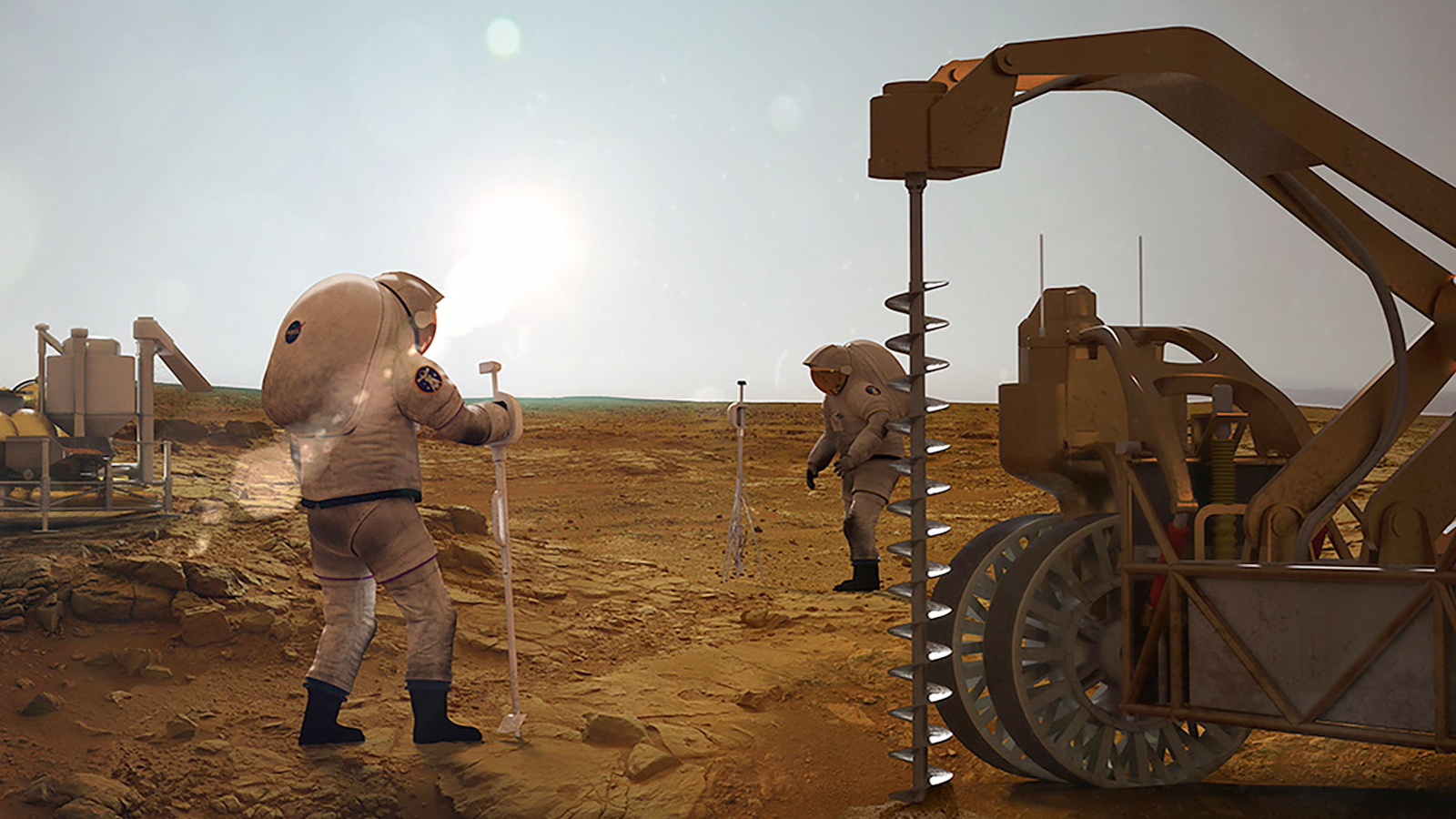
While NASA's Mars Sample Return initiative is in political hot water, China is moving ahead on plotting out its rendezvous with the Red Planet.
New details of China's aims are emerging. China's intent is to haul back to Earth a Mars treasure trove or rock and soil via its Tianwen-3 mission. The plan calls for launch of two boosters in 2028 in support of their Mars Sample Return (MSR), which could send at least a pound (500 grams) of the extraterrestrial goodies back to Earth around 2031. A drill mounted on China's MSR lander would penetrate to a depth of 6.5 feet (2 meters) to collect several grams of subsurface samples, while a robotic arm will gather more than 400 grams of the foreign surface material from the landing site. Apparently, also on the agenda is use of a robotic helicopter. This drone, outfitted with an arm, is to be deployed for rock sampling at locations greater than 300 feet (over 100 meters) from the lander.
Just how impactful their potential success could be is now under discussion within the U.S. Given the value of Mars samples, not just for science but also to bolster plans for future crewed missions to Mars, robotic return of bits and pieces of the planet is seen by many as mandatory.
Where to collect, what to collect, how to collect, how to analyze
China's final pick of a landing zone will rely on a review of 86 preliminary landing sites. The chosen site will favor the emergence and preservation of evidence of traces of life and detection of potential biosignatures in the returned samples, according to a recent paper published in the journal Nature Astronomy.
"The mission aims to provide insights into nine scientific themes centered around the main focus of the search for extant and past life on Mars," explains lead author, Zengqian Hou of the Institute of Deep Space Sciences, Deep Space Exploration Laboratory, in Hefei, China.
Zengqian and colleagues have outlined where to collect, what to collect, how to collect, and how to analyze those precious Mars selections. "Collecting samples from Mars could provide accurate data on the signs of life," the research team explains.
Active endeavor
Yiliang Li, a co-author of the Nature Astronomy paper, is an astrobiologist in the Earth sciences division at the University of Hong Kong (HKU). His role mainly involves leading an HKU group that is working on the selection of the landing site for the Tianwen-3 MSR mission.
Breaking space news, the latest updates on rocket launches, skywatching events and more!
According to an HKU statement, prime exploratory regions on Mars are those where liquid water was likely present in the planet's early history, areas rich in essential metallic nutrients, and sites where traces of Martian microbial activity could potentially be preserved for billions of years.
In the meantime, the search for promising sampling sites on Mars "remains an ongoing and active endeavor," the HKU statement adds.
Sticker-shock price tag
Here in the United States, the White House released President Trump's 2026 Discretionary Funding Request that calls for ending financially unsustainable programs - including Mars Sample Return.
"In line with the Administration's objectives of returning to the Moon before China and putting a man on Mars, the Budget would reduce lower priority research and terminate unaffordable missions such as the Mars Sample Return mission that is grossly overbudget and whose goals would be achieved by human missions to Mars," the document says.
Indeed, over multiple years and multiple reviews of the joint NASA/European Space Agency MSR project there is a sticker-shock price tag; a last estimate was about $11 billion, with samples being returned to Earth in 2040.
MSR's mission cost was deemed too costly and would not be achieved on an acceptable time period by NASA's last, non-acting Administrator, Bill Nelson.
While techno-squabbles over MSR have been on-going, NASA's Perseverance Mars rover has been doggedly on the hunt within Jezero Crater. Since its touchdown in February 2021, the car-sized robot has been obediently gathering rock samples across the martian landscape. Some of those sealed specimens may well contain signs of past life on the Red Planet, and are deemed rocket-ready for pick-up and delivery to Earth.
New space race
The White House shutdown of the NASA/ESA MSR venture via the Trump budget "forfeits Mars Sample Return to China," declares a recent episode of the popular Mars Guy program, created by Steve Ruff, a leading planetary geologist at Arizona State University (ASU) in Tempe.
The President's budget forfeits the highest priority planetary science goal of MSR to China, but only if the US Congress agrees, Ruff notes.
In the interim, U.S. Senator Ted Cruz (R-Texas), Chairman of the Senate Committee on Commerce, Science, and Transportation, unveiled in early June his legislative directives for Senate Republicans' budget reconciliation bill, shaped to beat China to Mars and the Moon.
It dedicates almost $10 billion to win the new space race with China and ensure America dominates space by making, for one, targeted, critical investments in Mars-forward technology.
In the lawmaker's directive, Cruz calls for a Mars Telecommunications Orbiter, pegging $700 million for the commercial procurement of the dual-use orbiter. Its assignment is to handle both a Mars Sample Return mission to return core samples of Mars to Earth, as well as future human Mars missions.
Prime, pre-selected specimens
But if China is on the MSR march to the Red Planet and NASA isn't, what about China returning already prime pre-selected specimens picked up by NASA's Perseverance Rover still busily at work within Jezero Crater?
"China's mission probably won't have access to comparably compelling samples as those collected by Perseverance because of engineering constraints that limit where it can land and the limited mobility options it will have," Ruff explains.
"I know from regular comments on my YouTube channel for Mars Guy that there's a commonly held view that the Chinese can or will pick up the samples in Jezero crater. But this simply can't happen given the engineering constraints of their Mars sample return mission as publicly presented. That mission will have neither the landing precision nor mobility on the surface to get to either the sample depot or to Perseverance," Ruff told Space.com. "So China is not going to save the NASA/ESA MSR mission."
Win-win cooperation?
On the other hand, China's Zengqian and colleagues state that exploration of Mars is a collective endeavor for all of humanity, writing in Nature Astronomy:
"The Tianwen-3 mission is committed to win–win cooperation, harmonious coexistence and shared prosperity through international cooperation. It actively seeks international partnerships through various channels and at various levels for joint scientific research, landing site selection and scientific payload development and testing."
Cooperation on MSR between the US and China, however, seems a bit of a dice roll, said Barry E. DiGregorio, founder and director of the International Committee Against Mars Sample Return based in Burlington, Ontario, Canada.
While China is inviting international cooperation, recent debates on tariffs between the two nations would seem to make the proposition difficult to hammer out.
"Now is the time to consider other options such as sending in-situ life detection instruments to Mars to settle the issue of extant life," DiGregorio told Space.com.
"We need to be sure what the next phase of Mars missions will be. With the continued push to get humans to Mars, astronaut safety should now take priority and that means making sure of biosafety concerns with any indigenous life forms that might be found," said DiGregorio.
Earthly concerns
While China is poised to become the first country to return potentially biologically active planetary material — including potential life forms — from beyond Earth, "the potential risk such substances might pose to terrestrial life, including humans, is a major concern," points out Yiliang at the University of Hong Kong.
To arrest that anxiety China plans to construct a specialized MSR facility on the outskirts of Hefei, the capital of Anhui, China. Within that facility, freshly-returned samples from Mars would undergo comprehensive biochemical and pathological testing under strict isolation from the Earth's environment.
"Only after it is conclusively determined that the samples contain no active biological agents or substances that could threaten the Earth's biosphere will they be released to designated laboratories for in-depth scientific analysis," concludes the University of Hong Kong statement.
Deep space thoughts
The prospect of plucked collectibles to Earth for close-up inspection in state-of-the-art facilities is now literally "up for grabs" — but by what nation?
As voiced in a June 23 draft of candidate findings, statements of support/concern by the Mars Exploration Program Analysis Group (MEPAG), a community-based, interdisciplinary forum:
"Ambitious, first-of-their-kind missions like MSR come with challenges but NASA's history of success in difficult endeavors is what makes the US the international leader in deep space exploration," the document states. "Returning the scientifically selected samples that await us on Mars, as part of a balanced portfolio, will help to ensure the US does not cede leadership in deep space to other nations, such as China."

Leonard David is an award-winning space journalist who has been reporting on space activities for more than 50 years. Currently writing as Space.com's Space Insider Columnist among his other projects, Leonard has authored numerous books on space exploration, Mars missions and more, with his latest being "Moon Rush: The New Space Race" published in 2019 by National Geographic. He also wrote "Mars: Our Future on the Red Planet" released in 2016 by National Geographic. Leonard has served as a correspondent for SpaceNews, Scientific American and Aerospace America for the AIAA. He has received many awards, including the first Ordway Award for Sustained Excellence in Spaceflight History in 2015 at the AAS Wernher von Braun Memorial Symposium. You can find out Leonard's latest project at his website and on Twitter.
You must confirm your public display name before commenting
Please logout and then login again, you will then be prompted to enter your display name.
